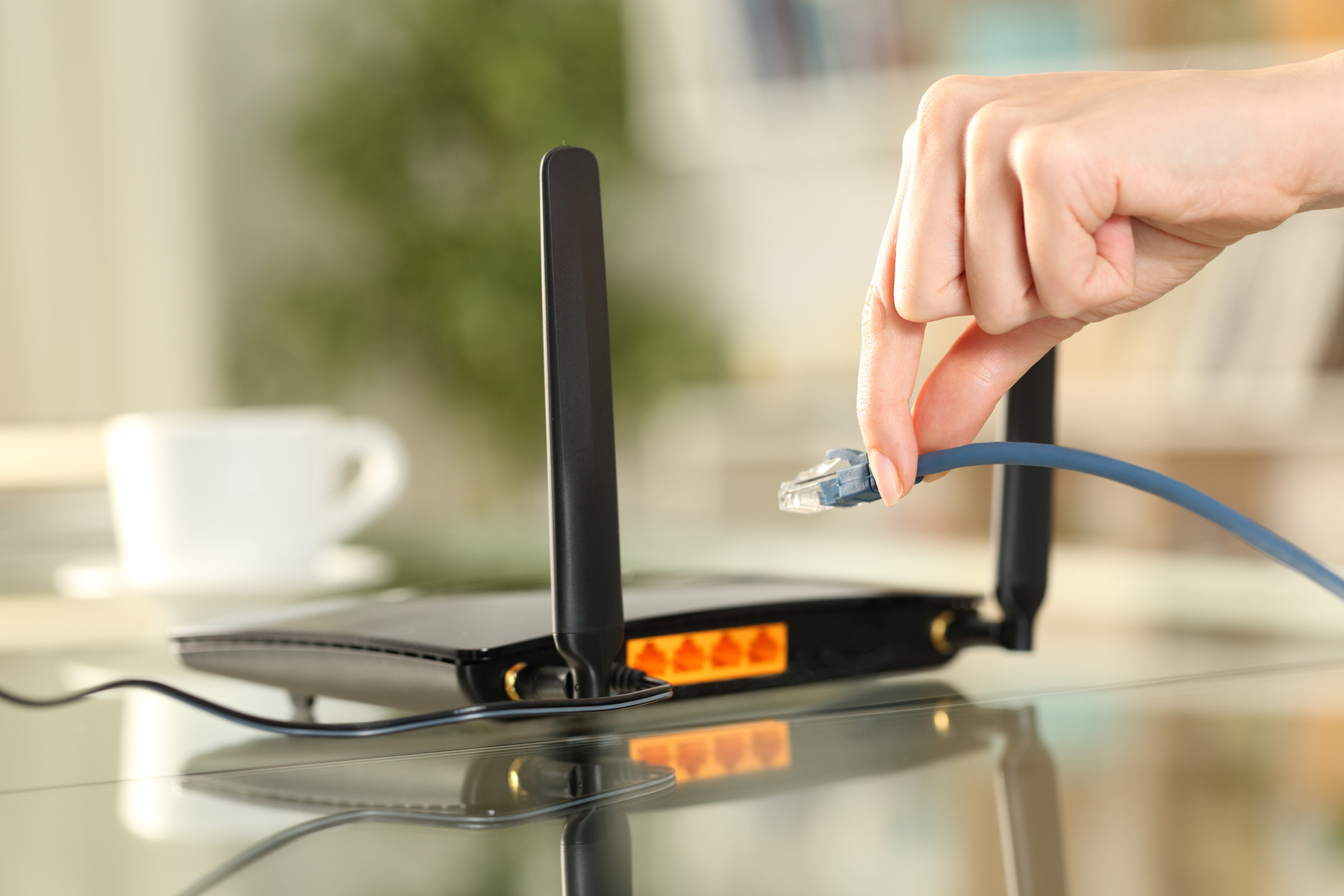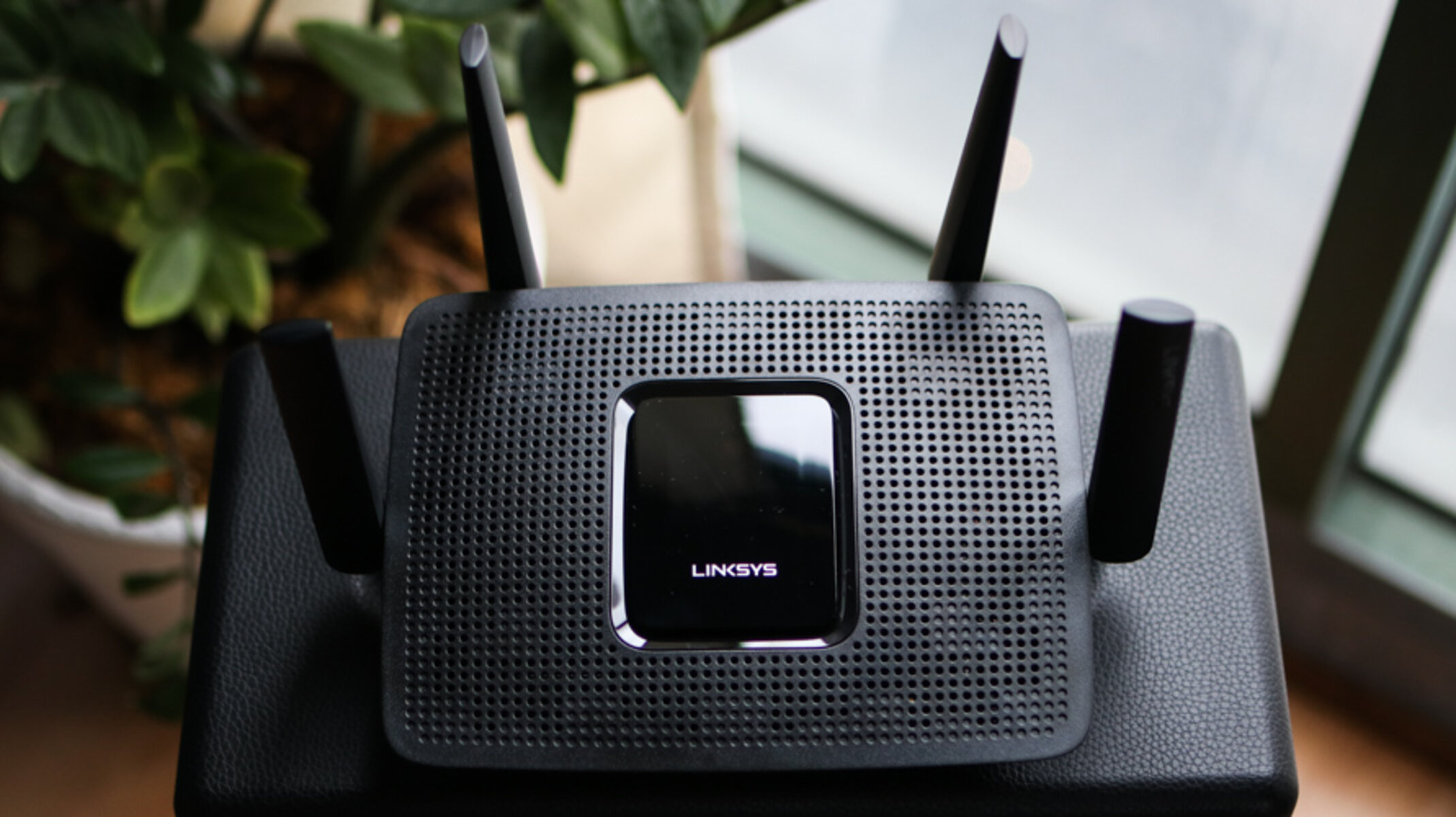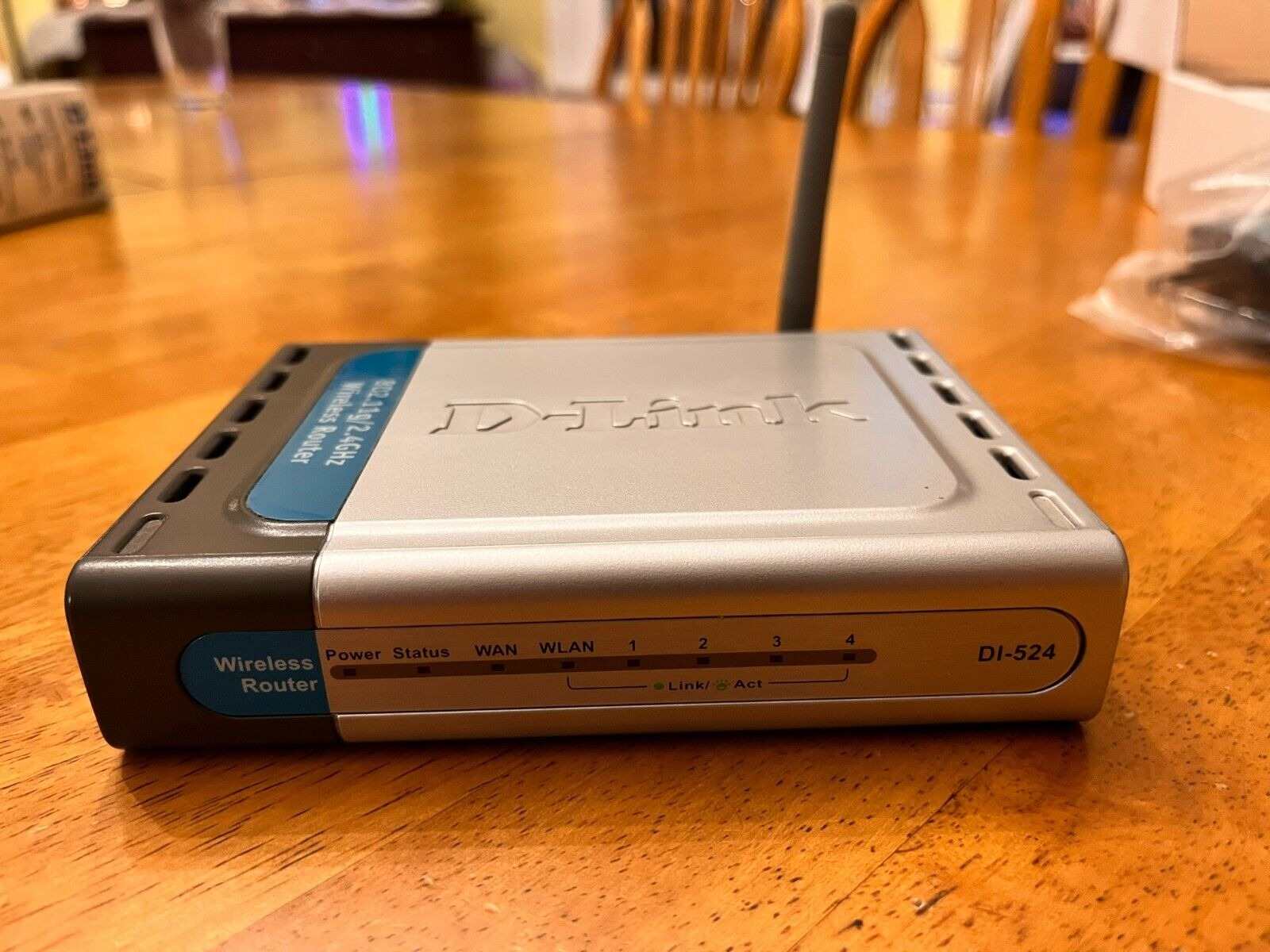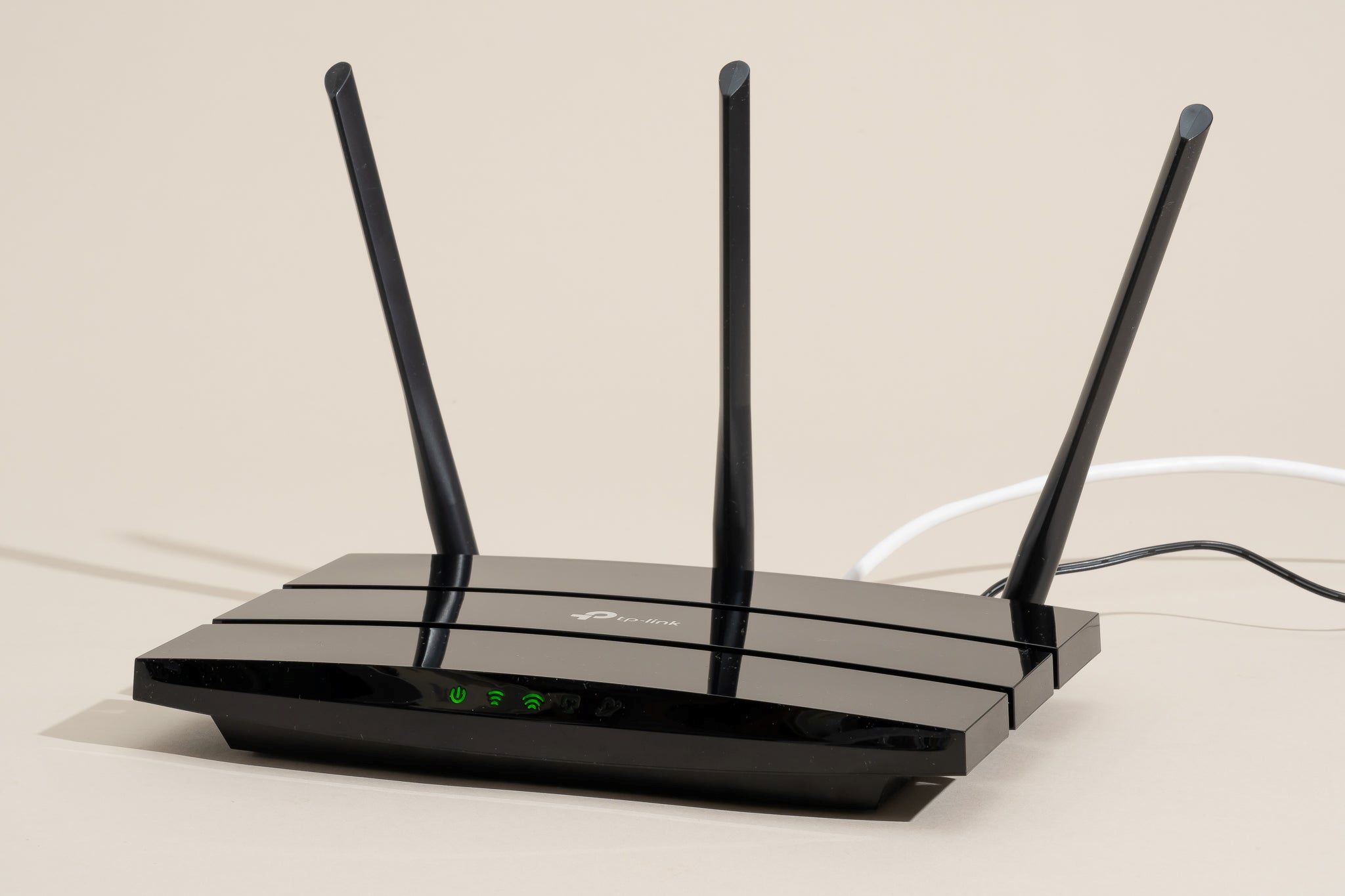Introduction
Welcome to the digital age, where wireless routers have become the backbone of our connected lives. From streaming movies to online gaming, having a reliable and secure wireless connection is crucial. But what happens when you need to make changes to your wireless router settings? Finding and accessing your router’s settings can sometimes feel like navigating a maze of technical jargon and complex procedures.
Whether you’re experiencing connectivity issues, want to optimize your network settings, or need to change your Wi-Fi password, the first step is to locate your wireless router settings. Fortunately, there are various methods to accomplish this task. In this article, we will explore different ways to find your wireless router settings, providing you with the knowledge you need to make the necessary adjustments.
By gaining access to your wireless router settings, you can customize various network parameters, including Wi-Fi encryption, channel selection, and DHCP settings. These configurations not only improve your network performance but also enhance the security and reliability of your wireless connection.
Throughout this article, we will examine multiple methods you can use to find your wireless router settings. Whether you have a PC, Mac, or mobile device, we have you covered. So, let’s dive into the different methods and get you on your way to optimizing your wireless network!
Why Do You Need to Find Your Wireless Router Settings?
Understanding why you need to find your wireless router settings can help you appreciate the importance of accessing them. Here are several reasons why it is essential to locate and modify your router settings:
1. Network Troubleshooting: Accessing your wireless router settings allows you to troubleshoot network issues. If you are experiencing intermittent or slow internet connectivity, adjusting the router settings might help identify and resolve the problem. You can check the signal strength, channel interference, or even update the firmware to improve overall network performance.
2. Security Enhancements: Wireless router settings let you strengthen the security of your network. By accessing the configuration page, you can set up encryption protocols like WPA2 or change default passwords, preventing unauthorized access to your Wi-Fi network. This is crucial in protecting your personal information and keeping your network safe from cyber threats.
3. Optimizing Network Performance: Fine-tuning your router settings can optimize your network’s performance. You can adjust the channel settings to avoid interference from neighboring networks, prioritize specific devices or applications for better bandwidth allocation, or even configure Quality of Service (QoS) settings to ensure a smooth streaming experience for video or gaming.
4. Managing Networked Devices: Your router settings also enable you to manage the devices connected to your network. You can assign static IP addresses to specific devices, set up parental controls to restrict access for certain devices or users, and even create guest networks to provide temporary access without compromising your main Wi-Fi network’s security.
5. Firmware Updates: Accessing your router settings allows you to check for firmware updates regularly. Manufacturers release these updates to fix bugs, improve performance, and enhance security features. Keeping your router firmware up to date ensures that you have the latest advancements and protection against potential vulnerabilities.
By understanding the reasons behind finding your wireless router settings, you can proactively manage and customize your network to suit your specific needs. Whether it’s troubleshooting, security enhancements, or network optimization, accessing and modifying your router settings is a valuable skill to have as a wireless network user.
Ways to Find Your Wireless Router Settings
Now that you understand the importance of accessing your wireless router settings, let’s explore different methods you can use to find them:
1. Check the Router’s Default IP Address: Most routers have a default IP address that you can use to access the settings page. Look for the router’s brand and model number, then search online for the default IP address associated with it. Enter the IP address into your web browser’s address bar to access the router’s settings page.
2. Use the Command Prompt or Terminal: If you’re comfortable with the command line, you can use the Command Prompt (Windows) or Terminal (Mac) to find the router’s IP address. Open the command line interface and type “ipconfig” (Windows) or “ifconfig” (Mac) to view your network settings. Look for the “Default Gateway” entry, which is your router’s IP address.
3. Access the Router Admin Panel: Most routers have an admin panel that can be accessed by typing a specific web address into your browser. Consult the router’s manual or do a quick internet search to find the correct web address for your router’s admin panel. Once there, you will need to enter the admin username and password to access the settings.
4. Check the Router’s Manual or Manufacturer’s Website: If you still have the router’s manual, it usually contains instructions on how to access the settings page. Alternatively, visit the manufacturer’s website and search for your router’s model. Look for support documents or FAQs that provide guidance on finding and accessing the router settings.
5. Use a Network Discovery Tool: There are software tools available that can help you discover and access your router settings. These tools scan your network and provide a list of devices, including the router, with their associated IP addresses. You can then use the IP address to access the router’s settings page through your browser.
By utilizing these methods, you can easily find and access your wireless router settings. Remember to jot down any changes you make, such as IP address modifications or password updates, for future reference. With the ability to locate and modify your router settings, you are empowered to take control of your network and ensure optimal performance and security.
Method 1: Check the Router’s Default IP Address
One of the simplest ways to find your wireless router settings is by checking the router’s default IP address. This method involves finding the specific IP address associated with your router model and accessing it through your web browser. Here’s how you can do it:
1. Look for the router’s brand and model number. This information is usually printed on the router itself or mentioned in the router’s manual.
2. Once you have the brand and model number, search online for the default IP address. Common default IP addresses for routers are 192.168.0.1, 192.168.1.1, or 192.168.2.1, but it may vary depending on the router manufacturer.
3. Open your preferred web browser and enter the IP address into the address bar. Press Enter to access the router’s settings page.
4. You will be prompted to enter the username and password to log in. If you haven’t changed these credentials, consult the router’s manual or search online for the default username and password for your router model. For security reasons, it is recommended to change the default username and password after accessing the settings page.
5. Once logged in, you will have access to the router’s settings page. Here, you can configure various parameters such as Wi-Fi security settings, network name (SSID), channel selection, and more. Make any necessary changes to suit your preferences or to troubleshoot any network issues you may be experiencing.
It’s important to note that changing router settings should be done with caution, as incorrect modifications can affect your network’s performance and stability. If you’re unsure about any specific settings, refer to the router’s manual or seek assistance from the manufacturer’s customer support.
By using this method, you can quickly access your router’s settings page using the default IP address associated with your router model. Keep in mind that some routers may have a different default IP address or use a different method altogether, so it’s always a good idea to consult the manufacturer’s documentation for specific guidance.
Method 2: Use the Command Prompt or Terminal
If you are comfortable with the command line interface, you can use the Command Prompt (Windows) or Terminal (Mac) to find your wireless router settings. This method allows you to retrieve the router’s IP address without the need for external sources. Here’s how you can use the Command Prompt or Terminal:
1. Open the Command Prompt (Windows) or Terminal (Mac) by searching for it in the start menu or using the appropriate keyboard shortcut.
2. Type “ipconfig” (Windows) or “ifconfig” (Mac) in the command line and press Enter. This command displays the network configuration details.
3. Look for the “Default Gateway” entry in the command output. This is the IP address of your router.
4. Take note of the IP address displayed next to “Default Gateway.”
5. Open your preferred web browser and enter the IP address you obtained in step 4 into the address bar. Press Enter to access the router’s settings page.
6. You will be prompted to enter the username and password to log in. Use the appropriate credentials to access the settings page. If you haven’t changed the default username and password, check the router’s manual or search online for the default credentials associated with your router model.
7. After logging in, you can navigate through the settings page to modify network parameters, security settings, and other configuration options as needed. Be cautious when making changes, as incorrect configurations can impact network performance or result in connection issues.
Using the Command Prompt or Terminal allows you to obtain the router’s IP address directly from your computer’s network configuration. This method does not require external sources and can be easily executed by users familiar with the command line interface. Remember to reference the router’s manual or seek assistance from the manufacturer if you encounter any difficulties or have questions about specific settings.
Method 3: Access the Router Admin Panel
Another method to find your wireless router settings is by accessing the router’s admin panel. Most routers have a web-based interface that allows you to configure and modify various settings. Here’s how you can access the router admin panel:
1. Open your preferred web browser on a computer or device that is connected to the same network as your router.
2. In the address bar of your web browser, type the web address for your router’s admin panel. Common addresses include “192.168.0.1” or “192.168.1.1,” but it may vary depending on the router manufacturer. You can usually find the specific web address in the router’s manual or by doing a quick internet search for your router model.
3. Press Enter, and the router’s login page will appear.
4. You will need to enter the username and password to log in. Consult the router’s manual or search online for the default username and password for your router model. It is recommended to change the default login credentials for security purposes if you haven’t done so already.
5. Once logged in, you will gain access to the router’s admin panel. From here, you can navigate through different settings and configurations. These may include Wi-Fi settings, security options, port forwarding, and more.
6. Make any necessary changes to the settings according to your preferences. However, exercise caution when modifying advanced settings, as incorrect changes may cause network issues.
The router’s admin panel allows you to have full control over the configuration and customization of your router settings. It provides an intuitive and user-friendly interface to manage various aspects of your network. Remember to save any changes you make and restart the router if required.
If you encounter any difficulties accessing the router’s admin panel or have questions regarding specific settings, consult the router’s manual or reach out to the manufacturer’s customer support for assistance.
Method 4: Check the Router’s Manual or Manufacturer’s Website
If you’re unable to find your wireless router settings using the previous methods, you can consult the router’s manual or visit the manufacturer’s website for guidance. The manual and website typically provide detailed instructions on how to access and configure the router settings. Here’s how you can use this method:
1. Locate the manual that came with your router. It is usually provided in the packaging or can be found on the manufacturer’s website. If you don’t have a physical copy of the manual, check if a digital version is available on the manufacturer’s website.
2. Read through the manual to find the section that describes how to access the router settings. Look for specific instructions on entering the router’s IP address, web address, or any other method mentioned.
3. Follow the provided instructions to access the router settings page. This may involve entering a specific IP address or web address into your browser’s address bar, similar to the previous methods described.
4. Once you’ve accessed the router settings page, you can make the necessary modifications or adjustments according to your needs. Ensure that you understand the different settings before making any changes to avoid any potential issues.
If you don’t have the router’s manual, you can visit the manufacturer’s website and search for support documents or FAQs related to your router model. Look for resources that provide instructions on accessing and configuring the router settings. Manufacturers often update their support materials, so make sure you are referring to the relevant documentation for your router model and firmware version.
If you encounter any challenges or need further assistance, consider reaching out to the manufacturer’s customer support for additional guidance. They can provide specific instructions tailored to your router model and address any questions or concerns you may have.
By consulting the router’s manual or manufacturer’s website, you can gather valuable information and step-by-step instructions for accessing and modifying your wireless router settings. This method ensures that you have accurate and up-to-date guidance to navigate the router’s configuration options and make changes efficiently.
Method 5: Use a Network Discovery Tool
If you’re unable to find your wireless router settings using the previous methods, or if you want a more automated approach, you can use a network discovery tool to assist you. These tools help scan your network and provide information about connected devices, including your router. Here’s how you can use this method:
1. Search online for network discovery tools that are compatible with your operating system. There are various options available, both free and paid. Some popular network discovery tools include Advanced IP Scanner, Fing, and Angry IP Scanner.
2. Download and install the network discovery tool on a computer or device that is connected to the same network as your router.
3. Launch the network discovery tool and start the scanning process. The tool will scan your network and display a list of connected devices, including your router.
4. Look for your router’s information in the scan results. This typically includes the device name or model number, MAC address, and IP address.
5. Note down the IP address associated with your router. This IP address is what you can use to access the router’s settings page through your web browser.
6. Open your preferred web browser and enter the IP address you obtained in step 5 into the address bar. Press Enter to access the router’s settings page.
7. You will be prompted to enter the username and password to log in to the router. Use the appropriate credentials to access the settings page. If you haven’t changed the default username and password, check the router’s manual or search online for the default credentials associated with your router model.
8. Once logged in, you can navigate through the router’s settings page to modify various configurations as needed. Take caution when making changes, as improper settings can impact network performance and stability.
Using a network discovery tool simplifies the process of finding your router’s settings by scanning your network and identifying the router’s IP address. It is especially useful if you’re not familiar with command line interfaces or are not able to access the router settings through other methods. Make sure to choose a reliable network discovery tool and follow the instructions provided by the software to ensure accurate results.
If you encounter any difficulties or have questions regarding specific settings, refer to the router’s manual or contact the manufacturer’s customer support for further assistance.
Conclusion
Accessing your wireless router settings is essential for troubleshooting network issues, enhancing security, and optimizing your network performance. Throughout this article, we explored different methods to find your wireless router settings.
By checking the router’s default IP address, using the command prompt or terminal, accessing the router admin panel, referring to the router’s manual or manufacturer’s website, or utilizing a network discovery tool, you can locate and access your router settings easily.
Remember to approach modifying your router settings with caution and familiarize yourself with the specific configurations relevant to your router model. Incorrect changes can have adverse effects on your network performance and stability.
Whether you’re a tech-savvy individual or a novice user, having the ability to find and access your wireless router settings empowers you to customize and manage your network according to your preferences and needs. From troubleshooting connectivity issues to strengthening security measures, accessing your router settings is a crucial skill to ensure an optimal wireless network experience.
We hope this article has provided you with valuable insights and guidance in finding your wireless router settings. If you encounter any difficulties or have further questions, don’t hesitate to consult the router’s manual or reach out to the manufacturer’s customer support for assistance.

























